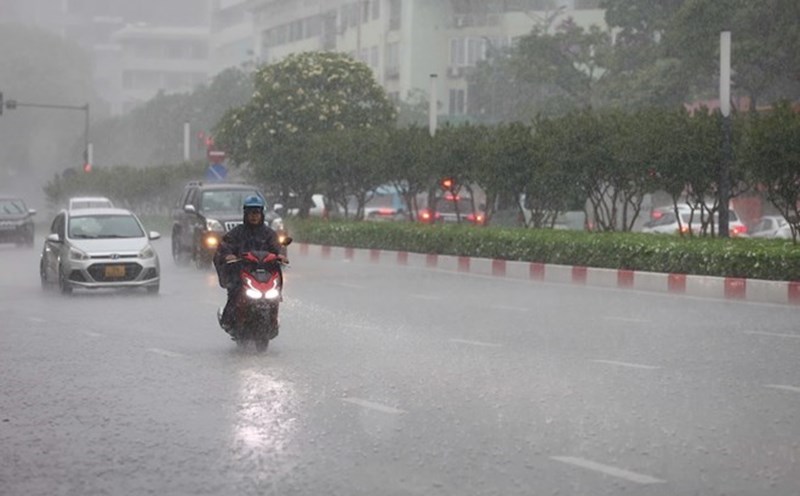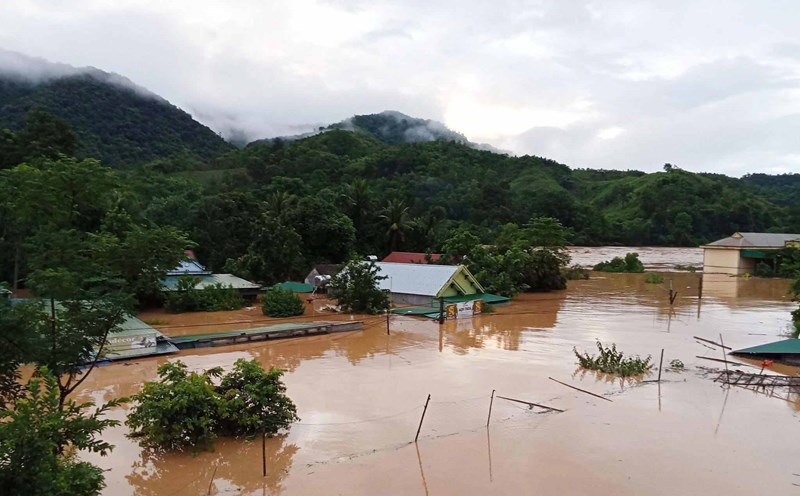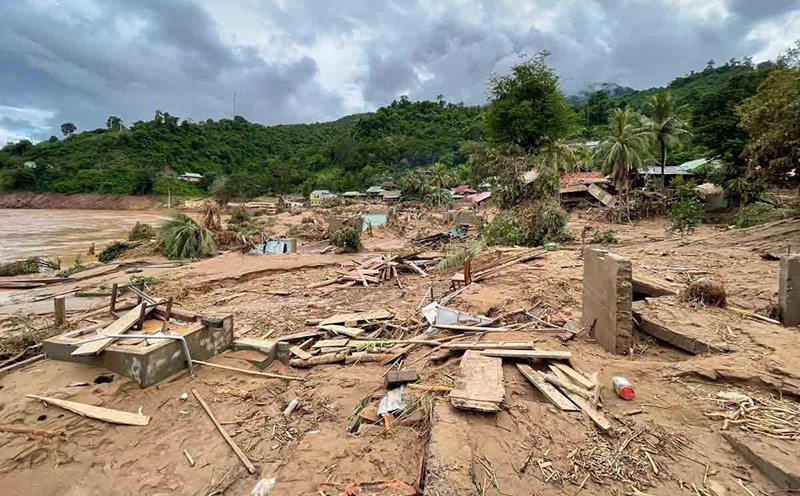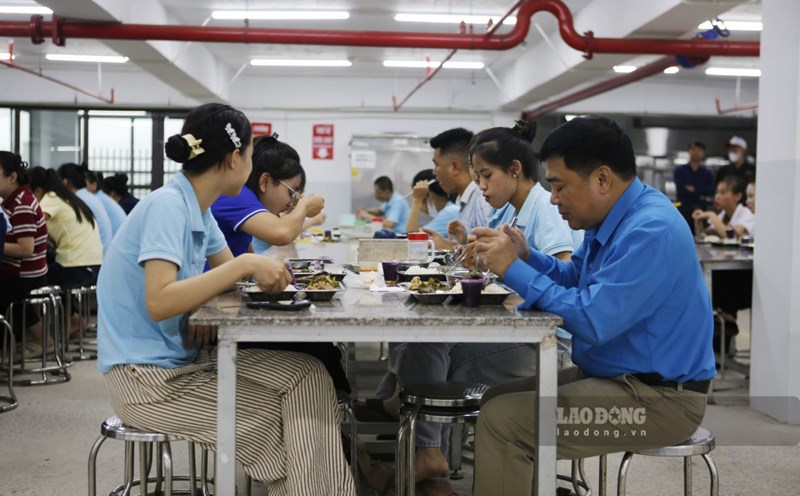Due to the impact of storm No. 3 Wipha, Nghe An and Thanh Hoa have had heavy rain, seriously affecting the lives of people in the area. Mr. Hoang Van Dai - Deputy Director of the National Center for Hydro-Meteorological Forecasting gave comments on the phenomenon of heavy rain and floods in localities.
Sir, in the past 24 hours, Nghe An and Thanh Hoa have had widespread heavy rain. Can you tell us the rainfall and the areas most affected?
In the past 24 hours, heavy rain has appeared in the western areas of Nghe An and Thanh Hoa, especially in the Nghe An area with common rainfall from 150 - 250 mm.
In addition, heavy rain also appeared in the areas upstream of the Ca River, the Ca River basin in Laos.

With such a large amount of rain, how has flooded the upstream areas, and how has this situation specifically affected the downstream localities?
Due to the impact of heavy rain, floods in upstream areas have occurred, rivers and streams in upstream areas have experienced a major flood.
Specifically, in Muong Xen, major floods have occurred, the water level exceeding the historical flood level in 2011 by 0.4m; in Thach Giam, the flood exceeding the historical level in 2018 by 3.91m and the water in Con Cuong exceeding the historical flood level in 1975 by 0.66m.
Currently, floods on small rivers and streams and rivers and streams in upstream areas are decreasing. However, floods in the mid-stream and downstream areas are rising because floods in the upstream are currently gathering. Due to rising flood levels, small river and stream areas or areas along the Ca River also experienced local flooding. In addition, some landslides have also appeared on traffic routes, causing local isolation in some mountainous communes of Nghe An province.
Is the current serious flooding situation entirely caused by rain from storm No. 3, or is it affected by the discharge of floodwater from upstream hydroelectric reservoirs?
The amount of rain in recent days has been very heavy, not only in the mountainous areas of Nghe An but also in the upstream area of Laos with total estimated rainfall of about 200 - 250 mm. Heavy rain in a short period of time caused floods to form quickly and pour in strongly. When floods rise, hydroelectric reservoirs and works along rivers and streams are forced to operate to receive and discharge floodwaters, ensuring the safety of works. Thus, the flood situation is due to a combination of many factors.
In the coming time, will floods continue to decrease or will they become more complicated? What should the people and the government pay attention to in order to respond, sir?
Currently, floods are pouring in from upstream, and hydroelectric reservoirs are also releasing floodwaters to ensure safety, causing water levels in rivers in the central and downstream areas to continue to rise.
According to the forecast, from noon to the afternoon of July 24, the water level in the downstream area of the Ca River may reach alert level 3. With this development, the risk of widespread flooding in the downstream is very high.
Faced with the risk of widespread flooding, people need to proactively review their living areas to determine the risk of being affected and take timely preventive measures. In addition, due to the large flood from upstream, the flooding situation downstream may continue.
Sincerely thank you!











